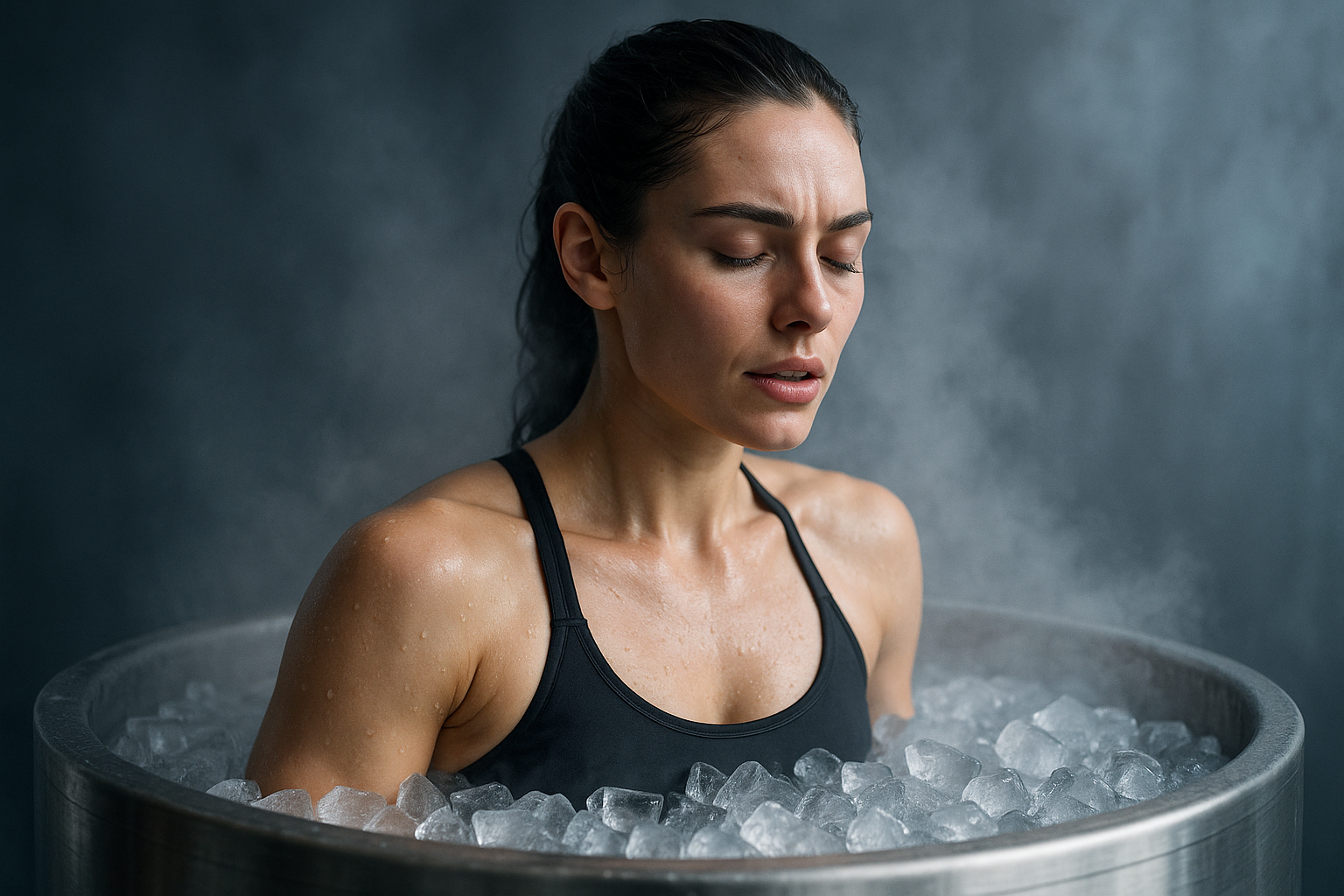Cold Plunge: Uses, Benefits, and Safety Considerations
Cold plunges—brief full- or partial-body immersions in cold water—have grown in visibility across fitness, spa, and wellness communities. People use cold plunges for recovery after intense exercise, to reduce perceived soreness, or as part of a broader routine that includes heat exposure and breathing techniques. This article explains what a cold plunge involves, how it differs from an ice bath, the physiological effects associated with cold-water exposure, and safety considerations to help you decide whether to include it in your routine.

This article is for informational purposes only and should not be considered medical advice. Please consult a qualified healthcare professional for personalized guidance and treatment.
What is a cold plunge?
A cold plunge generally refers to immersing the body in water that is notably cooler than typical room or pool temperatures, often between 10–15°C (50–59°F), though protocols vary. Unlike a quick splash, cold plunges are deliberate exposures that can last from 30 seconds to several minutes, depending on experience and tolerance. Cold plunges can take place in purpose-built tubs, natural bodies of water, or even specialized containers at wellness centers. The primary aim is controlled cold exposure to trigger short-term physiological responses that users find beneficial for recovery and alertness.
How does water temperature affect results?
Water temperature strongly influences the body’s response. Colder water causes a rapid vasoconstriction of peripheral blood vessels, which can reduce local inflammation and swelling, and increase heart rate and adrenaline in the short term. Mild cold exposure (cool but not icy) may be easier for beginners and can still produce improvements in perceived recovery and mood for some people. Extremely cold water or prolonged exposure increases the risk of hypothermia, numbness, and cardiovascular stress. Progression—starting with shorter durations and slightly warmer temperatures—is the safest approach for most people.
Ice bath vs cold plunge: what’s the difference?
The terms “ice bath” and “cold plunge” are often used interchangeably, but there are practical distinctions. An ice bath typically involves adding ice to reduce water temperature substantially, often below 10°C (50°F), to target acute inflammation or for brief, intense exposure. A cold plunge may be set up at a slightly higher temperature and designed for repeat use with easier turnaround. Both aim to achieve similar physiological effects, but ice baths are generally colder and more intense, while cold plunges can be tailored for longer or more frequent sessions. Choice depends on tolerance, goals, and safety considerations.
Cold plunge as therapy: physiological effects
Cold-water immersion triggers several immediate physiological responses: vasoconstriction, increased heart rate, and activation of the sympathetic nervous system. These changes can result in temporary improvements in alertness and may blunt markers of muscle soreness after exercise. Some research suggests cold exposure can influence inflammation markers and muscle recovery, though findings vary by study design, timing, and temperature. Psychological effects—such as improved mood or a sense of resilience—are commonly reported but can be subjective. Individuals with cardiovascular conditions, uncontrolled high blood pressure, or certain chronic illnesses should consult a healthcare professional before beginning cold-plunge therapy.
Cold plunge and wellness: risks and precautions
Incorporating cold plunges into a wellness routine requires respect for safety. Start slowly: shorter durations, slightly warmer water, and supervision for early sessions reduce risk. Avoid alcohol before cold exposure, and be cautious if you have heart disease, arrhythmias, Raynaud’s phenomenon, or sensory impairments that make it hard to detect cold-related injury. Warm-up strategies, gradual rewarming, and monitoring for symptoms like dizziness, confusion, or prolonged numbness are important. For facilities offering cold plunge services, confirm staff training, water hygiene practices, and emergency procedures before use. If you’re seeking a local services option, look for centers that clearly state their safety protocols.
Conclusion
Cold plunges and ice baths are established practices for short-term cold-water exposure that many people use for recovery, alertness, and components of wellness routines. They produce measurable physiological responses and subjective benefits for some users, but they are not risk-free. Careful progression, attention to water temperature and duration, and consultation with a healthcare professional when there are medical concerns will help ensure safer use and better outcomes.






